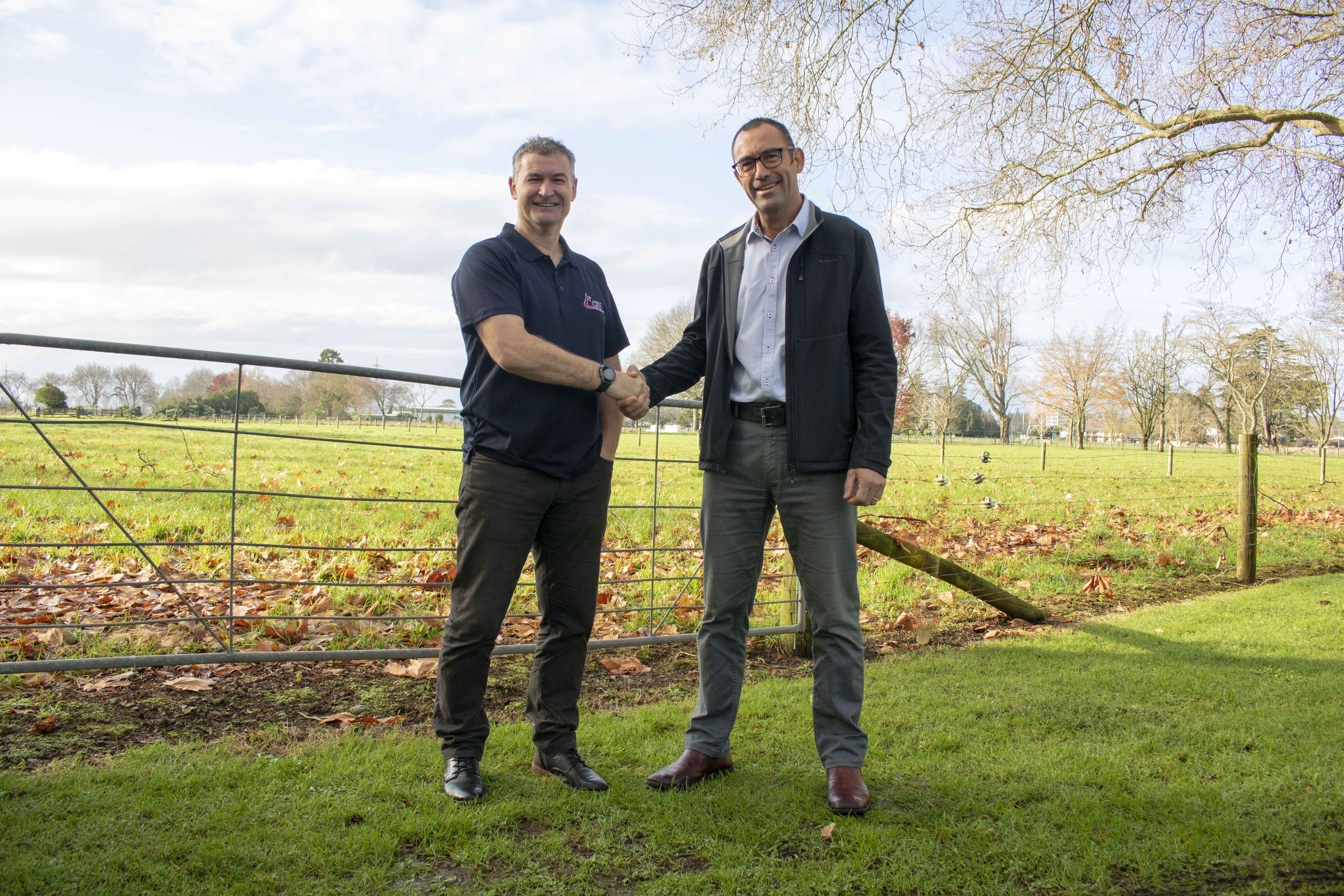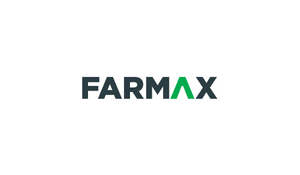
.jpg?width=911&height=607&name=Simon1-316%20A%20(1).jpg)
In a recent study by AgResearch, deferred grazing was found to be an effective and low-cost grazing management strategy. FarmIQ’s Head of Product and pasture scientist, Dr. Todd White, shared some thoughts around deferred grazing and why it can be such a valuable option for farmers:
One of the biggest factors limiting animal production on New Zealand hill country farms is not pasture quantity in late spring/summer, but pasture quality. In late spring, there can be a more than a five factor increase in pasture growth rates relative to those in winter/early spring. Animal demand also increases in spring, but typically only by about three times their pre-lactation demand (can be higher for very fecund ewes), so supply outstrips demand and pasture covers increase and pasture quality decreases.
Quality is key for animal production. Poorer quality means lower protein and higher indigestible fibre. The more indigestible fibre, the slower the passage of material through the animal and the slower the rate of intake. These things result in slower growing animals that take longer to reach finishing weights, which, even though there appears to be ample feed, results in lower carrying capacity of the farm and lower overall kgLW/ha production and less money in the bank.
The argument for deferred grazing is to not lose control of the whole farm but to defer an area where stock are excluded from grazing, effectively reducing the effective farm area and increasing the stocking rate and demand/ha. If done right, the farmer will increase demand per ha enough to match the rate of pasture growth per ha and keep average farm pasture covers in a happy zone where pasture growth, pasture quality and animal production are maximised.
In the areas deferred (typically areas of poorer land use capability), the pasture mass increases. Dead material builds up in the pasture base, eventually adding to surface organic matter. Roots will tend to grow longer to balance the demand of more leaf material, and plants will get a greater opportunity to flower and add a new cohort of seed to the soil seed bank. Another benefit is that if the paddocks are rested for long enough it can help break the internal parasite cycle. With effective deferred grazing, you don't lose control of all your farm’s pasture, just a proportion of it, while still ensuring you do a good job of grazing management on the rest.
Where can FARMAX and FarmIQ help?
FARMAX can be used to determine the area needed to be excluded from grazing. It can also help set pasture cover targets in the grazed area, which the farmer can monitor against. The farmer can adjust if needed, by bringing some of the deferred area back if getting very short of feed or by shutting up more if losing control.
FarmIQ can be used to record where animals are grazing, work out how much feed they are consuming, and record pasture covers to automatically calculate pasture growth rates and average farm cover for comparison to targets. FarmIQ will also help identify which paddocks were used for deferred grazing in the past – it's probably a good idea to rotate through paddocks so the same ones are not being shut up every year.

Dr Todd White
Head of Product
FarmIQ Systems Ltd


